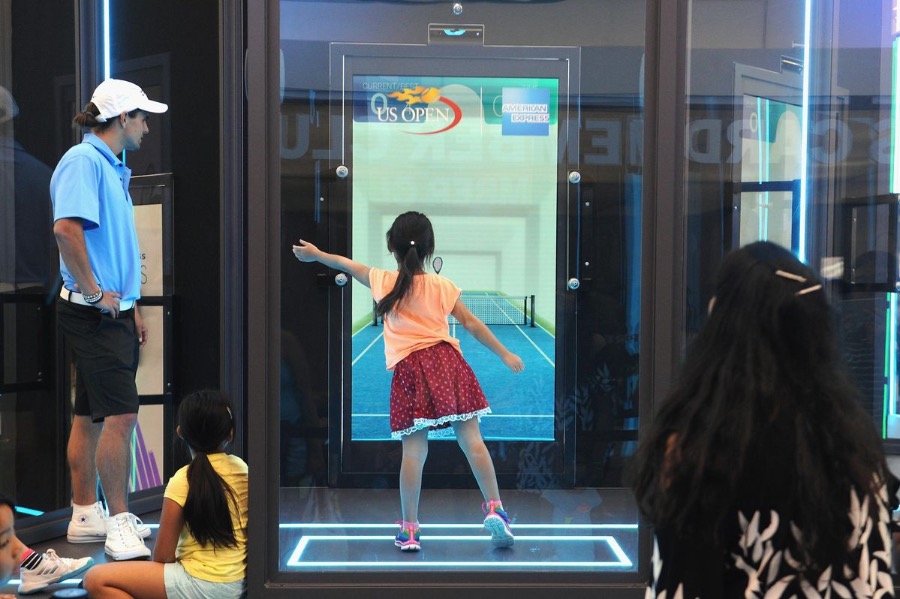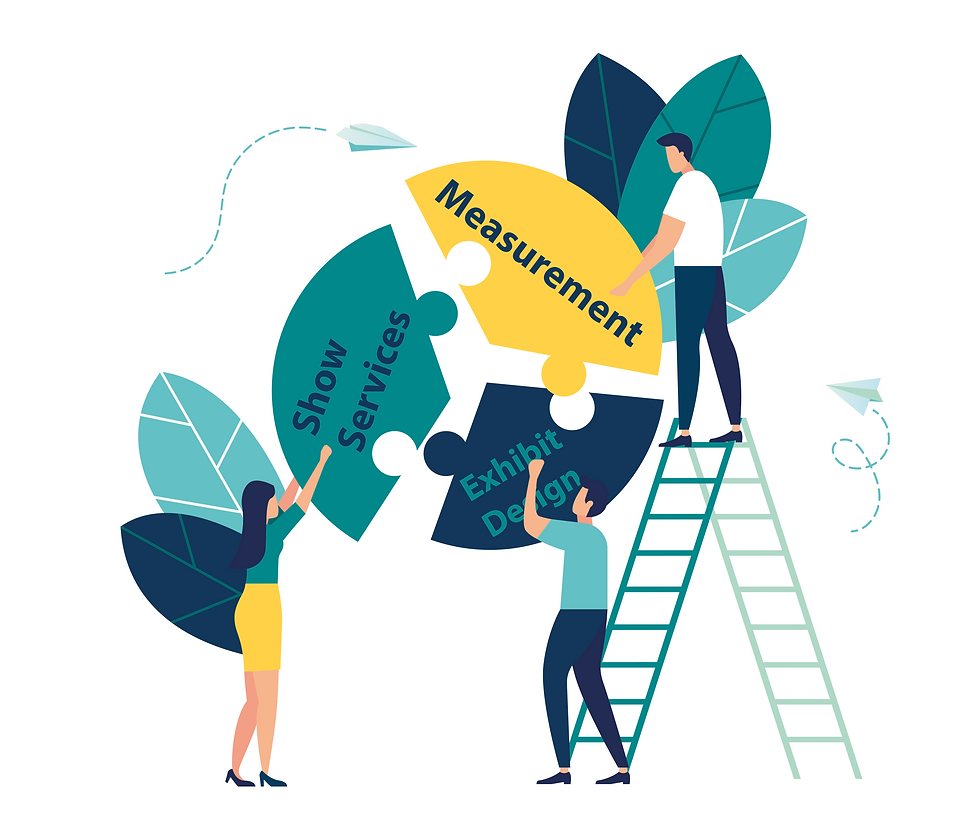How to Bring Experiential Marketing into Your Trade Show Booth
- fs-partners
- Jan 31, 2020
- 3 min read
The team at EventBrite has this to say about experiential marketing: "it's harder than ever to get consumers' attention. For that reason alone, it's easy to see why brands are falling in love with experiential marketing…Immersive, live, and memorable, experiential campaigns help deliver your message without distractions. But the strategy lacks a standard definition, which can be confusing when you're new to it."
We agree, and we want to help you understand the whole issue a bit better so you can bring it to your next trade show booth or display and see just how it can rocket your ROI and boost your customer engagement to new levels.
So, what does experiential marketing mean? We'd say it has a goal of creating lasting impressions on consumers that they want to share with others, and that, ultimately, leads to brand loyalty. You're not advertising a product — you're letting consumers see and feel what their lives would be like when using your product or service.
It differs from more traditional marketing because it usually emphasizes an event or part of an event. It is about immersing the consumer in the experience, and it can happen in two ways. As one expert illustrated, "Events can be part of a larger experiential campaign, like the grand opening of a pop-up shop. Smaller brand activations can exist in individual experiential activations like on-site art installations." Whichever format you'll uses, when you rely on experiential marketing, you are associating your brand with the experience or feelings of that event.
How To Use It in a Display or Booth
So, what are the best ways to utilize experiential marketing concepts for your next trade show display or event? Here are our top tips:
- Design with Interactions in Mind
Trade shows are uber-competitive, and it can be very difficult to stand out from the crowd. Those who attend want to be in dialogue, rather than talked at by sales teams. Design your booth to connect through immersive and tactile methods.
- Design the Booth to Allow People to Create Something
- Design Your Booth to Tell a Visual Story
Just like any other marketing campaign, experiential marketing depends on setting clear goals and a method for measuring success. Each design element needs to align with your branding, but also must help you reach your marketing goals. How can you "display" those goals?
- Design Your Booth to Be Social Media Friendly
Be sure to include booth elements that are so stunning; visitors want to share photos on social media. After all, social media affordable, and almost any booth can benefit from it. Try to incentivize mentions of your brand through the use of the show's hashtag and offering a giveaway for those who mention it. Put a cap on the giveaway, so you don't end up spending more you budgeted.
- Design Your Booth to Be Measurable
Of course, one of the most crucial pieces when using experiential marketing at trade shows to increase ROI is a method for tracking performance metrics. Otherwise, how can you determine what worked, what didn't, and what can be improved upon for your next event? Known as real-time customer experience tracking, it is our specialty at FastSensor. We track customer engagement for ROI in real-world settings such as retail stores and trade shows.
You can use our technologies to design a booth in which you can track foot traffic, dwell time, visitor profiles, and even conversion from displays, so that you can gain insight into your visitor experience and position your displays and your staff accordingly.
Track and engage visitors, collect data on customer behavior, explore navigational patterns of your display, and measure conversion rates, and other key metrics through passive tracking software designed into your booth.
With AI-powered analytics, you glean actionable data that can help you achieve optimal ROI by creating the ideal experience for visitors and generating more leads with every trade show experience.














Comments